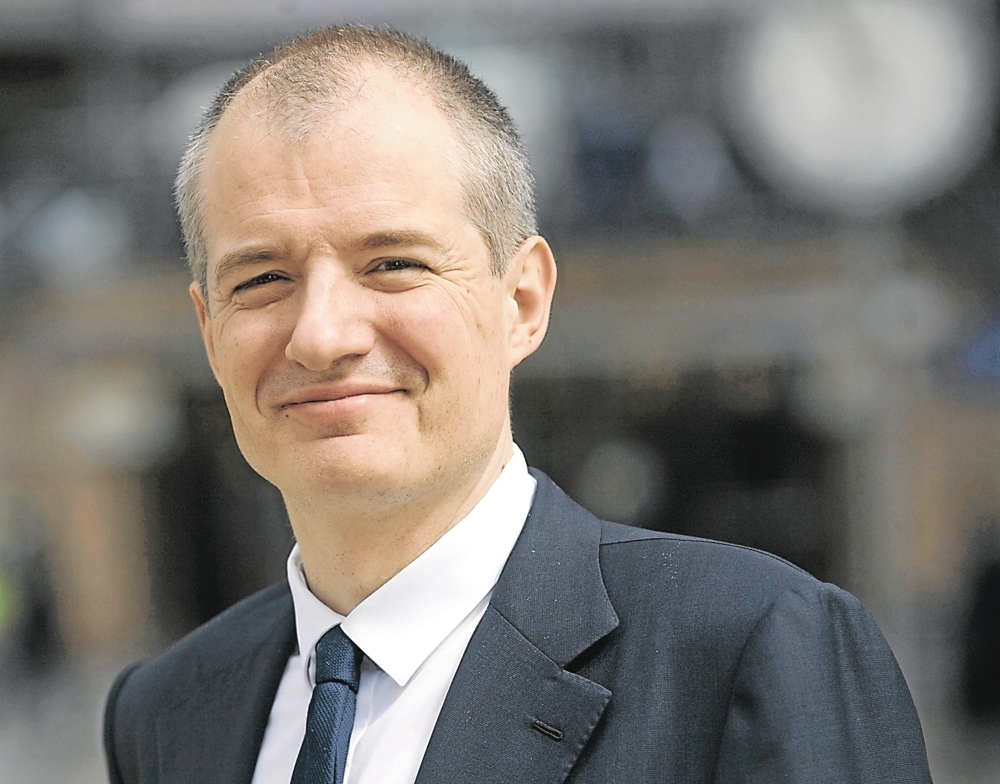 Manny Roman, who will lead PIMCO from November 1.PIMCO has appointed Man Group chief Manny Roman as its next
CEO, effective November 1.
Manny Roman, who will lead PIMCO from November 1.PIMCO has appointed Man Group chief Manny Roman as its next
CEO, effective November 1.
Roman will succeed Douglas Hodge, who has led the Newport Beach, California-based company since 2014. Hodge will become managing director and senior advisor, PIMCO said in a statement.
“Manny’s deep understanding of global markets, unique skills in investment management, and appreciation of PIMCO’s macro-based investment process make him the ideal executive to position the firm for long-term success,” said Daniel Ivascyn, PIMCO’s group CIO.
The appointment indicates a shift back towards PIMCO’s traditional core focus on fixed income. In this morning’s statement, PIMCO referred to Roman’s “expertise in fixed income” during his 30-year career in financial services.
“PIMCO has become the global leader in active management of fixed income by seeking to provide investors with innovative solutions as the global markets change,” said Hodge. “As the asset management industry continues to evolve, Manny will bring new perspectives to PIMCO’s leadership team and add his unique talents to our already successful firm and I look forward to working with him.”
Last year, PIMCO shut down two equity strategies following the resignation of Virginie Maisonneuve from her role as global equities CIO. She went on to launch a boutique consulting firm in October, recruiting four former PIMCO equities specialists.
Roman joined Man Group in 2010 following the fund manager’s acquisition of GLG, and was appointed president in 2012. He became CEO the next year. At GLG Roman was co-CEO for five years, and previously held senior roles at Goldman Sachs.
Man Group announced this morning that Luke Ellis will succeed Roman as its CEO from September 1. Ellis is currently president of the company, which manages $78.6 billion.
PIMCO’s outgoing CEO Hodge was responsible for steering the company through its toughest period following the shock exit of Bill Gross in September 2014, and ex-CEO Mohamed El-Erian a few months earlier. Chief Economist Paul McCulley left the firm in 2015 after working there on-and-off since 1990.
In a separate announcement earlier this week, PIMCO made two additions to its senior portfolio management staff.
Credit Suisse’s Danielle Luk has joined as executive vice president and portfolio manager, specializing in interest rate derivatives. Tiffany Wilding, director of global interest rate research at hedge fund Tudor Investment, will be the firm’s new US economist.
The pair join new hires Gene Frieda and Yacov Arnopolin, whose appointments to PIMCO’s emerging markets team were made public earlier this month. Frieda, global strategist for emerging markets, was previously a partner at Moore Capital Management—another hedge fund—while Arnopolin, a portfolio manager, joined from Goldman Sachs Asset Management.
Ivascyn said Luk’s and Wilding’s hires were examples of the “top industry talent” PIMCO has added to its roster, adding that the firm has hired more than 140 new employees globally so far in 2016.
Related:After Two Years of Upheaval, PIMCO’s Path to Recovery & Fade to Black
Reporting by Nick Reeve and Amy Whyte